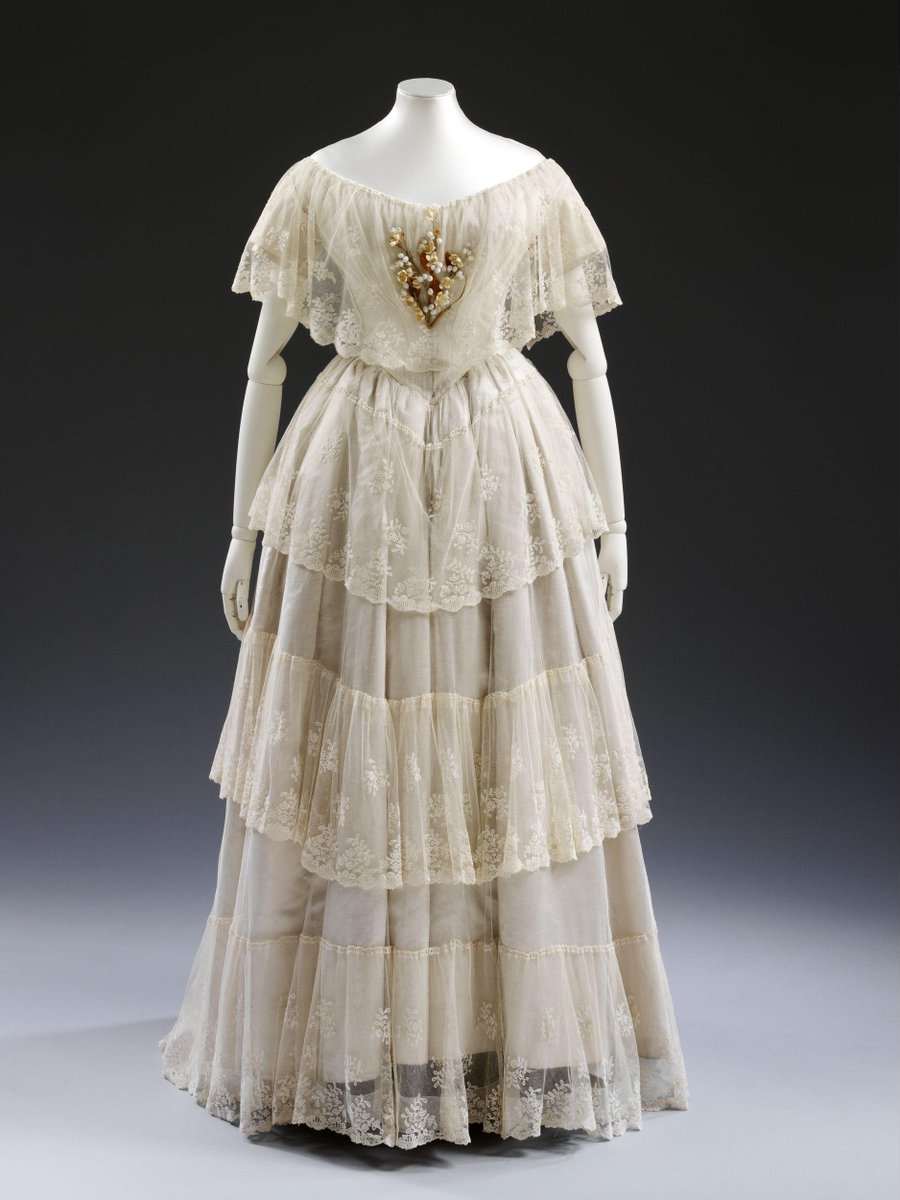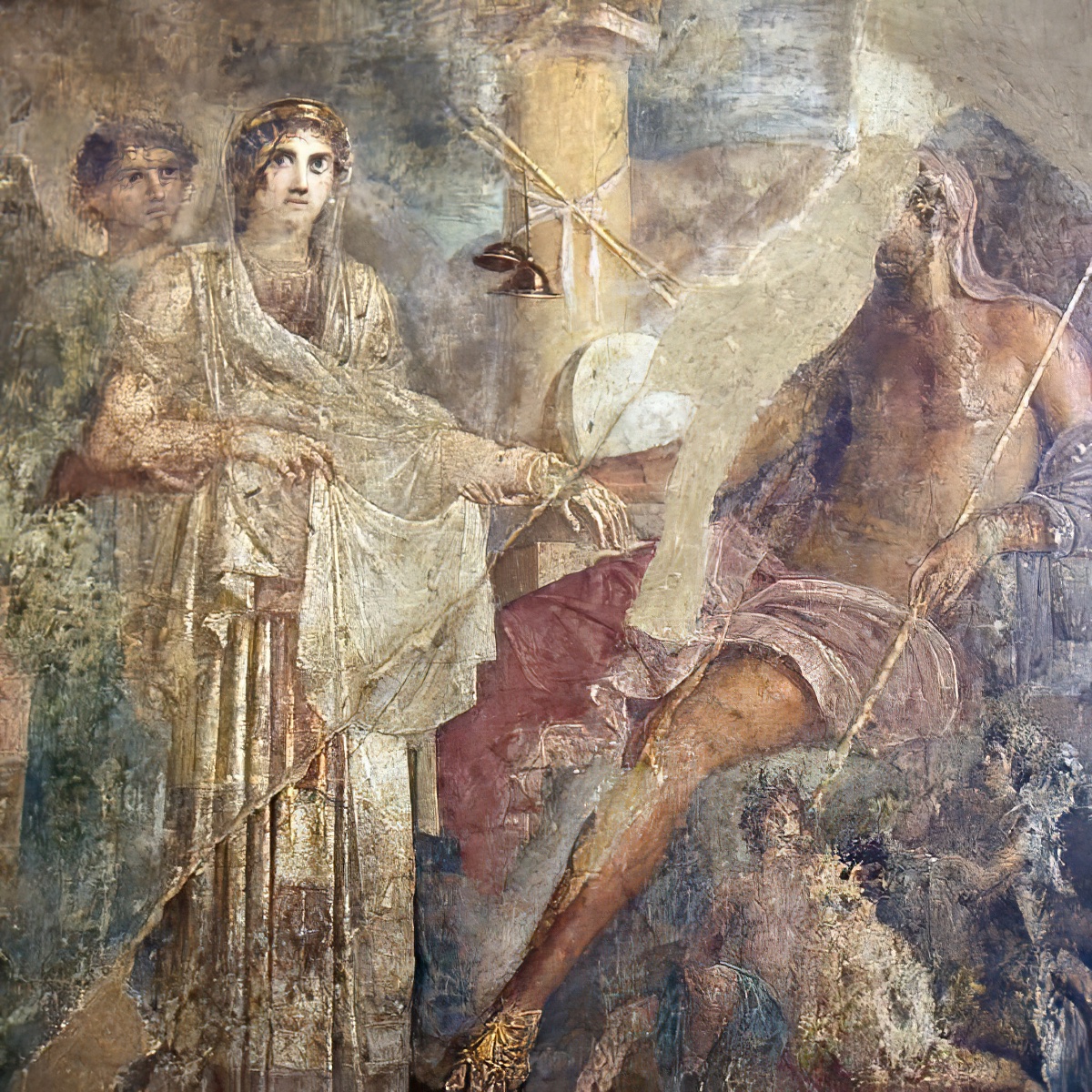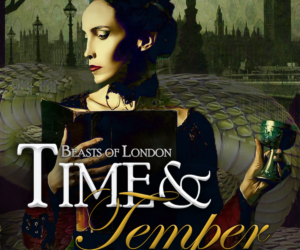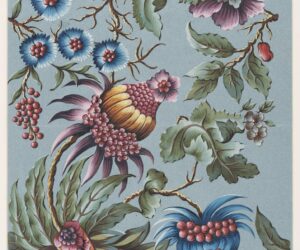
A Brief History of Marriage Fashion
1 – Welcome to #ThreadTalk!
Ah, mawwiage. We're going nuptial.
💕If you're hoping for whimsy & romance, well… you probably haven't been here before.💕
For most of history, marriage has been about money & power, just like the fashion it's inspired. (Below, 1841, satin)

2 – Though anthropologists don't know exactly when marriage began, it seems to be universal.
For most of history, marriage was not about love, butensuring legitimacy of offspring, cementing family alliances, & consolidating wealth. See our ladies preparing: Greece, 5th C BCE.

3 – As with so much, we begin in Mesopotamia. Mostly because they wrote things down. Yay, cuneiform!
On this Sumerian relief, the marriage of the goddess Inanna and the Sumerian King Dumuzi is depicted. They look thrilled.

4 – In Babylon, we also see dowries show up… which, according to Herodotus, evolved into live auctions for women.
The prettiest, most desirable, went first. The less so, ended up in a *reverse auction*. Because, of course.
See 19th c illus.

5 – This Assyrian tablet dates back 5000 years, and gives us a peek into a marriage contract–including clauses for surrogacy if the wife cannot bear children, and options for divorce–quite modern in some ways. The full text here:

6 – Ancient Roman weddings were a big deal. Clothing played an essential role for both men & women. Yellow veils & yellow in general, were associated with marriage.
We have them to thank for the obsession with virgin marriage that eventually infected the West via the Church.

7 – The Romans limited the age of married couples to a very wizened 14 for boys & 12 for girls. 😠
Brides were also supposed to live in fear of their weddings & flawlessly submit. Their faces were painted red during the ceremony so you couldn't miss 'em! Below "tying the knot".
![Roman couple joining hands; the bride's belt may show the knot symbolizing that the husband was "belted and bound" to her, which he was to untie in their bed (4th century sarcophagus)[1] - CC BY-SA 3.0](https://pbs.twimg.com/media/E1oE_6DXIAMdO_8.jpg)
8 – (I don't have space for the commentary on this shit.)
Many Celtic tribes had wild ideas that women should have rights in a marriage: they were protected against sexual assault & rape; could own property, & could divorce (Brehon Law).
Also they had great beards & mustaches.

9 – Dowries appear all over the world, especially among the well-to-do. As most women could not inherit directly, this money went to her husband–along with a trunk filled with fabrics & household items, what we know as a hope chest or cassone.
This one is from Italy, 16th C.

10 – Yes, there are instances of women owning parts of their own dowries, or having their own property, and divorce rights–notably in some Jewish cultures.
These Jewish marriage contracts are called ketubah, and became their own art form. This one is from Calcutta in 1887.

11 – Dowries could make or break a kingdom, though, especially when times got tough for our wickle royal sweetums.
When Charles II married Catherine of Braganza or Portugal, he got two cities in Morocco & India. You know, as you do.
That's a big chest. Filled with colonialism.

12 – Before I defenestrate my computer doing research on dowries, let's instead turn to the attire. Because that's what we do!
Let's go to Japan first! This print shows traditional costume, from the Wedding of the Prince Regent & Princess Nagako, 1924.

13 – Kimonos have enough history & symbolism for a whole thread (to be clear we're not ruling that out) but it's likely that this one here was also a bridal ensemble.
It has cranes & TORTOISES & it's ORANGE & it makes me so happy. From 1800-1850.
::stares in adoration::

14 – We've visited Albania before, so you might not be surprised to see it feature again. I mean, come ON. The ensemble features couched embroidery, metal embellishments, & gorgeous contrast. This one dates to the turn of the 20th century.

15 – Speaking of gold. This Tunisian example takes shimmer to a whole other level, and is just part of the whole ensemble. She literally would have look gilded in gold… which I guess is just some really overt symbolism there, y'know? Dating from the late 19th C.

16 – This 19th century Russian ensemble is otherworldly. Like, I could see this in Star Wars. I love the colors & the sleeves, the whole thing
This is called a sarafan, and was often embroidered by the bride herself as a show of her skill. This would have also had a muslin veil.

17 – So, about white dresses. We had them, but it was not ubiquitous. For the majority of women in the West, their bridal gowns were intended to be re-used.
Or make a statement; this half-mourning wedding gown is in remembrance of lives lost in the US Civil War (1868)

18 – White wedding dresses weren't that color for "purity"–just like muslin garments, they were a symbol of wealth. A white wedding gown meant a clean lifestyle. This early 19th C example is actually quite rare. American, 1824.
I adore the details and the damask, of course.

19 – Don't think I'm going to leave the lads out. This wedding suit from 1673 is embroidered to within an inch of its LIFE.
Literally, the V&A note indicates that this whole getup was embroidered freehand. Not with a pattern. For James II of England. Because, well, Imperialism.

20 – This Moroccan wedding ensemble dates from the late 19th/early 20th century, and just is wowzers. You can see influences across many cultures, including Spain, and the use of gold and velvet for shine and light absorption.

21 – Of course, in India, weddings are WHOA. And the color scheme often includes deep, jeweled reds. What I love about the tradition is that it's living history. The designs and motifs are ancient, and that's quite lovely.

22 – Did someone ask for lesbian weddings? Of course you did. I can't recommend this piece from @EleanorMedhurst of Dressing Dykes enough. I mean. This picture dates from the 1920s. Come on.

23 – This 1878 gown is everything I would ever want in a wedding gown. Sumptuous stripes, silk bows, frills in the right place, ideal for hiding blood stains…
Seriously gorgeous, and American.

24 – If we take a little tour up to Norway, we also see red — this time in groom's attire. I love the design on this jacket. It dates from the 1750s! I would totally wear it. It's darling. I would also like to see Lee Pace wear it. For scientific reasons.

25 – It's not #threadtalk if we haven't seen leg of mutton sleeves, so here we are. It's got that 1890s vibe, all right. I love the satin and the pearls, personally. It's actually almost subdued? Okay, maybe not.

26 – How about aubergine? Y'all know I die for jewel tones, and then you add the beading and those pleats?
Also, just the right amount of bustle hustle going on, I think. It's satin and dates from 1879 in England.

27 – This 1848 gown almost looks Edwardian with that draping and lace, but it's not.
I love the gold embellishments on the bodice. Not usually an era I find myself admiring, but it is … well, just so quintessentially Western Wedding. Bonus: Brussels lace.

28 – And one more kimono from Japan, because this is my thread & I can do what I want, and this blue makes my heart tap-dance with joy.
From 1850-1870 or so, with IRISES and DUCKS and RIPPLING WATER.

29 – And for posterity, here is me and @oldbie in 2004, getting hitched. We had NO IDEA WHAT WE WERE GETTING INTO.
But I still love the gown. It was a Galadriel-style piece with beautiful embroidery of leaves, and all in ivory. I wore my mom's veil. And a tiara. Red roses.

30 – I could go on all night and still, I've barely scratched the surface. Veils? Accessories? Shoes? Bridesmaids?
A few notes, though.
Please check out @summerbrennan's https://daily.jstor.org/a-natural-history-of-the-wedding-dress/ — lots of fabulous stuff there.
31 – Now, as then, weddings are about showing as much wealth as possible & the woman is still very often the center of attention. Even if her face isn't red.
But let's be real. Marrying for love, and whoever you want, is still new and, sadly, not universal. Love is love, y'all.

32 – I'll leave you with one more dress that dates to 1742, in Newburyport, MA — a town I used to visit often — to remind you that tradition is… well, a matter of interpretation. Green! Quilting! Florals! Would wear in a heartbeat.

33 – Let's get down to sources–part one: https://dressingdykes.com/2020/12/11/two-white-dresses-the-fashion-of-lesbian-weddings/
https://daily.jstor.org/a-natural-history-of-the-wedding-dress/
https://weddings.lovetoknow.com/wiki/History_of_the_Wedding_Dress
https://en.wikipedia.org/wiki/Wedding_dress
https://www.vogue.co.uk/gallery/history-of-the-white-wedding-dress
http://ultimatehistoryproject.com/before-the-whiteout-wedding-dresses-and-grooms-outfits.html
34 – Sources, part two:
https://en.wikipedia.org/wiki/Indian_wedding_clothes
https://en.wikipedia.org/wiki/Wedding_customs_by_country
https://www.cairn.info/journal-annales-de-demographie-historique-2011-1-page-69.htm
https://www.bbc.com/news/magazine-17351133
https://www.realmofhistory.com/2017/11/22/oldest-marriage-contract-infertility/
35 – And sources, part three! https://scroll.in/article/927364/the-2000-history-of-the-jewish-prenuptial-agreement-that-grants-women-legal-rights
https://www.thoughtco.com/celtic-marriage-laws-4092652
https://www.brown.edu/Departments/Portuguese_Brazilian_Studies/ejph/html/issue9/html/arodrigues_main.html
https://en.wikipedia.org/wiki/Dowry
https://www.worldhistory.org/article/688/love-sex-and-marriage-in-ancient-mesopotamia/
36 – Thanks so much for joining me on #ThreadTalk this week! I hope you learned something.
Okay, one more leg of mutton. From House of Worth. Because why not. 1895. Damask, ivory satin. Purr.

Originally tweeted by Natania Barron (@NataniaBarron) on May 17, 2021.





